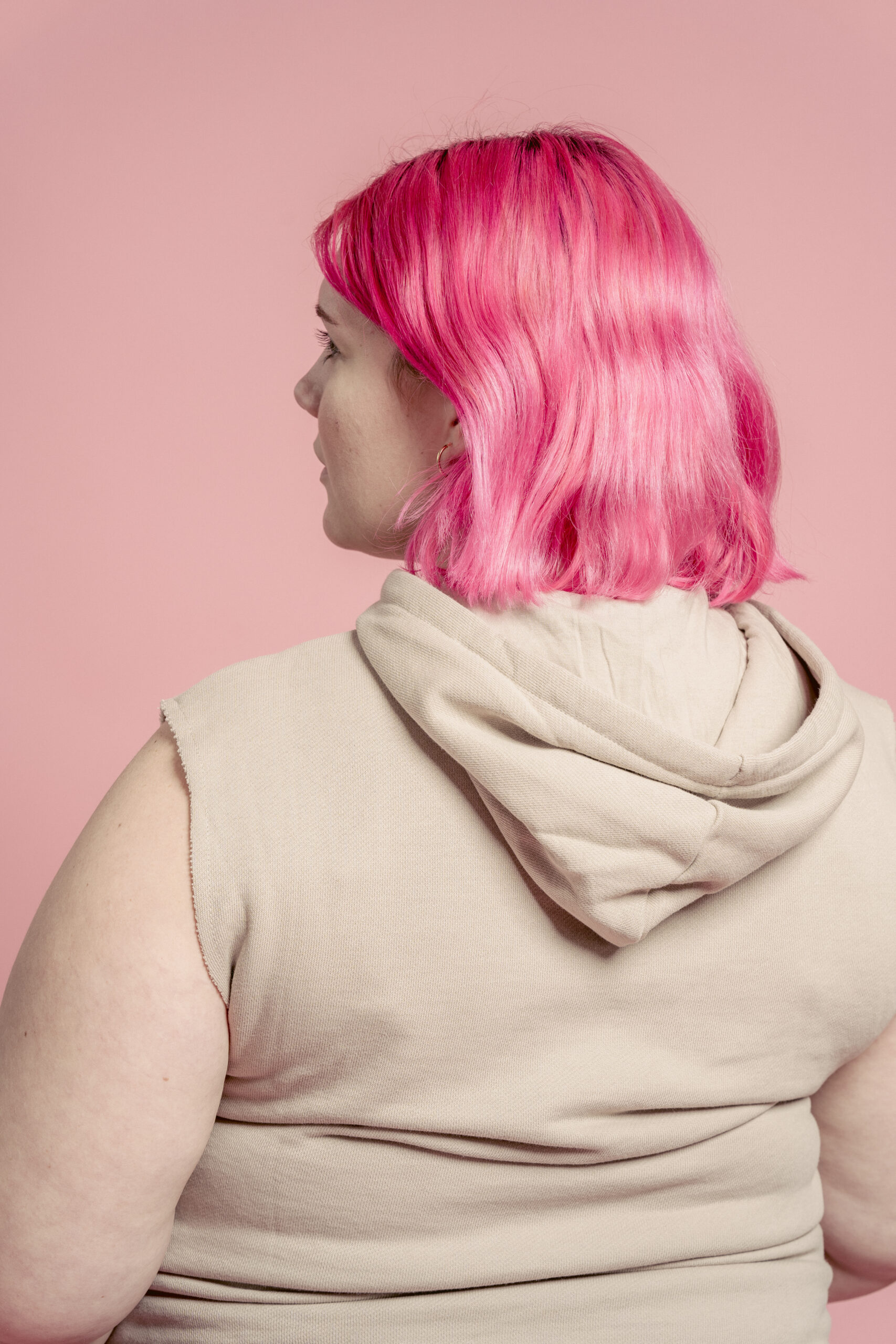A very slender friend recently admitted to me that she can’t stand to be around fat people. Her reaction is almost visceral, and it prompts her to avoid social and professional contact with people who are seriously overweight.
I then reflected on the reasons that were feeding her hostility to fat people. It was an embarrassing moment, and the revelation is being published in the most significant book in the field. What followed was the most eye opening session that you could ever listen to.
First, she told me that she was afraid of fat, and that it was a constant struggle inside her for years to get over the fear of them. She also told me that her obsession with weight and weight loss was driving her to behave like a monster to all her friends and crush her relationships with them.
If you have been harboring feelings of hostility toward someone based on their weight, it is important that you hear these stories and understand that they are not just compassionate.
Fat people, we are told, hate themselves, which is not true. We are told that we have an image problem that is as deep and as wide as the black hole of the Big Bang, and that there is a plague of fat people inside of us, and that we must rise above the hatred to live a good life. The real truth is that there is no life beyond hatred, and that hatred is the disease of the mind.
The solution to the problem of the image problem is love. A true image is an emotional relationship with a person that transcends the self-centeredness of the image and includes a personal relationship with the person as an entity. The problem is that the way that we interact with images is not based on love. Images live inside of us, and to be in touch with them requires a special way of interacting with the world. Love requires a special kind of empathy, which is why it is more powerful than greed. The only way to be in touch with the image within is to go through the self. That requires you to be willing to let go of all of your own defenses and defenses of other people. Because these defenses keep you from seeing and acknowledging your own feelings, they are also the thing that keep you from loving yourself. By experiencing your own feelings, you can also begin to experience your own desires and fears, and this is the place where you become vulnerable to your own image.
All of us have these defenses because we are made to live within them. We are trained by society to live within these defenses and we must be willing to learn a new way of interacting. The image in the middle of this process is called the identity, and the identity is something we are born with. It’s also something we are made to live within a relationship with. The identity and the relationship are not just separate parts of the self, they are also two separate aspects of the self. They are two sides of the same coin.
They are also part of the Self because they are made of the same stuff as the self. The relationship is one of support, and the identity is one of self-love.
Self-love involves a willingness to love yourself for who you are. As we learn to love ourselves, we can begin to become a part of the Self. Self-love is a willingness to let go of the things that keep you from being part of the Self. Self-love can be an act of will. If you say “yes” to yourself and allow yourself to be loved, then you will begin to feel more alive and more in touch with who you are, and that is the path to self-realization.
The process of learning to love yourself, and letting go of your attachments to the things that keep you from being part of yourself, is like an awakening. The Self is awakened when the Self becomes the Self. It is also described as the cessation of duality.
You will also need a set of tools. These will include some understanding of the self, of attachments to the things that keep you from being in touch with yourself, of self-love and self-acceptance. Also, it will include a willingness to learn and an awareness of the self and of the self-love as a commitment to self-reflection and self-awareness.


Leave a Reply